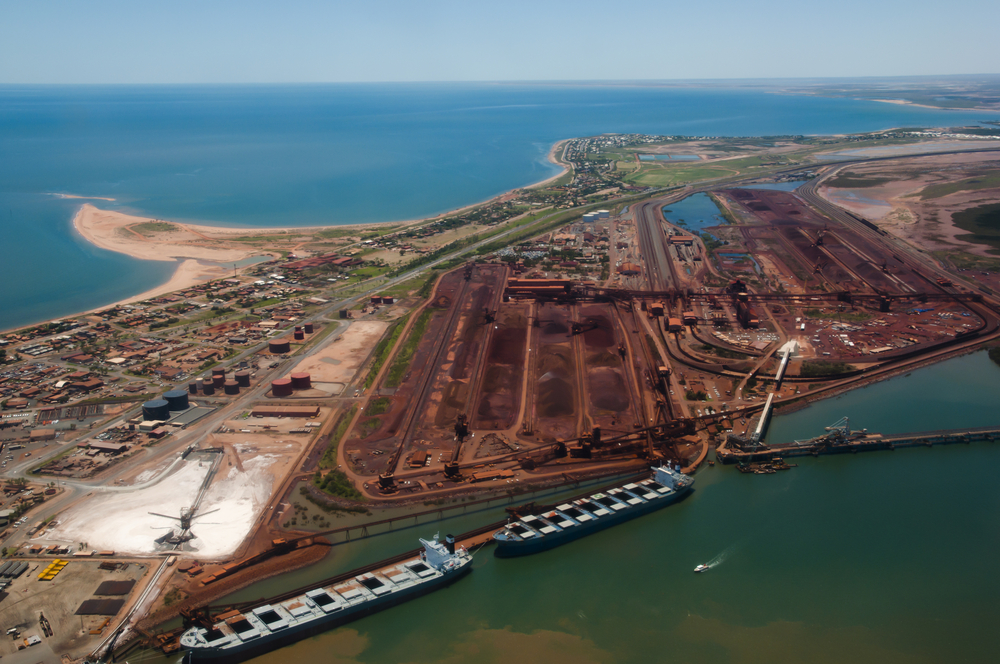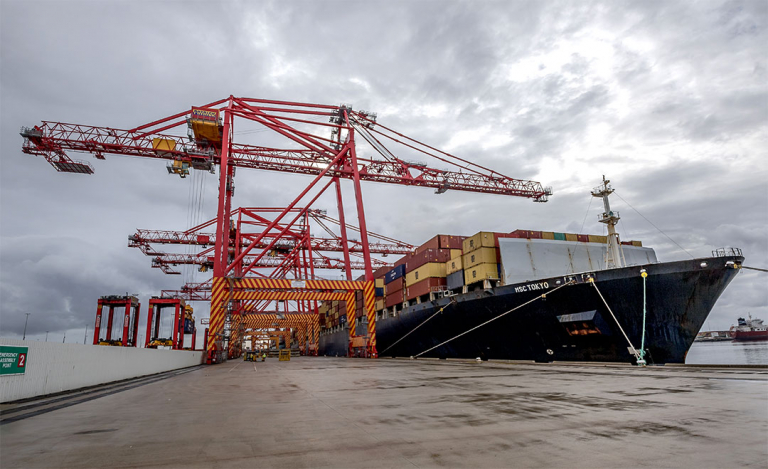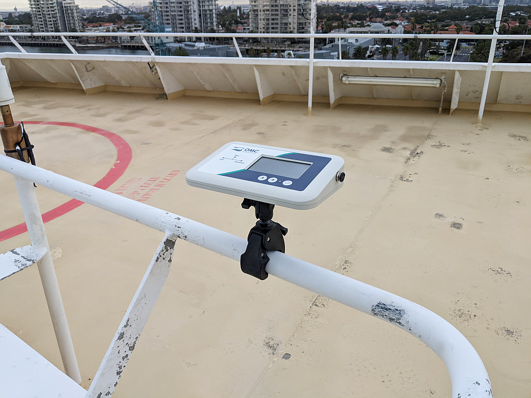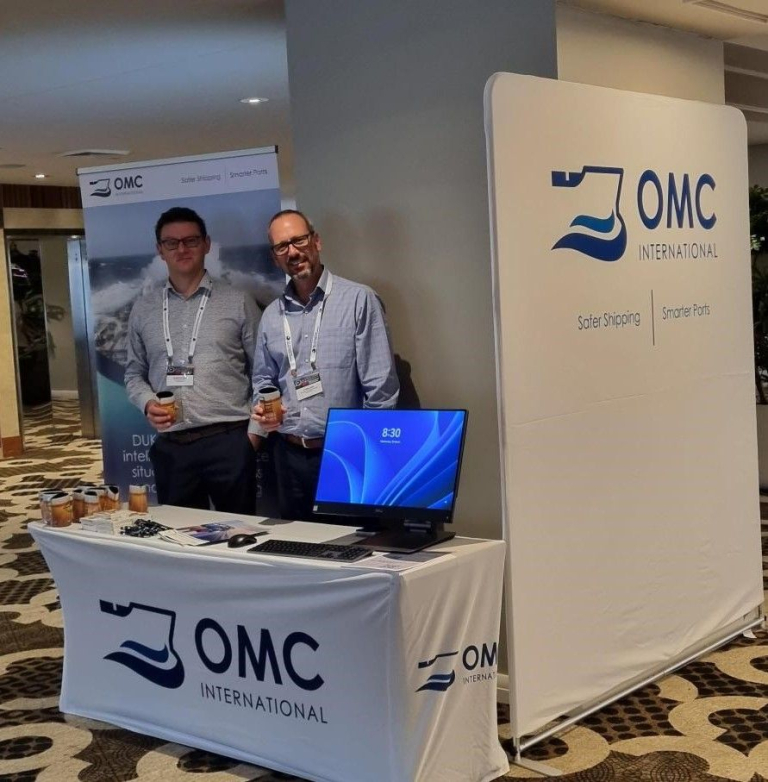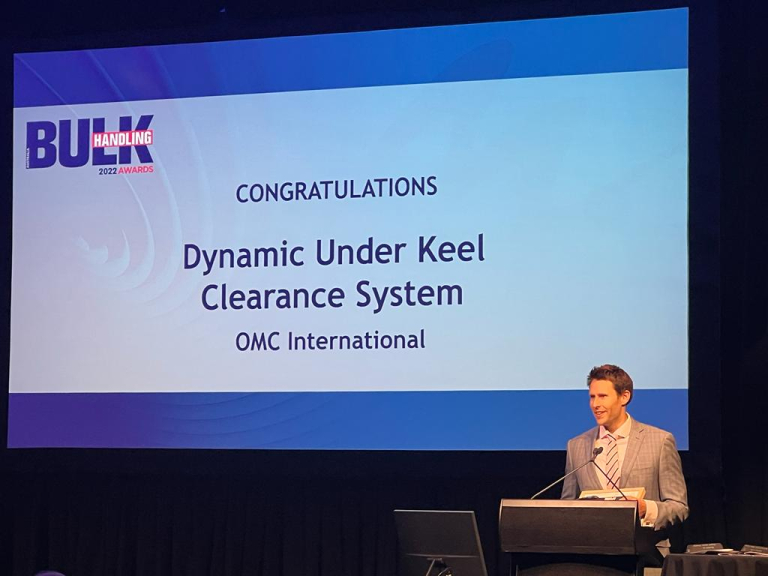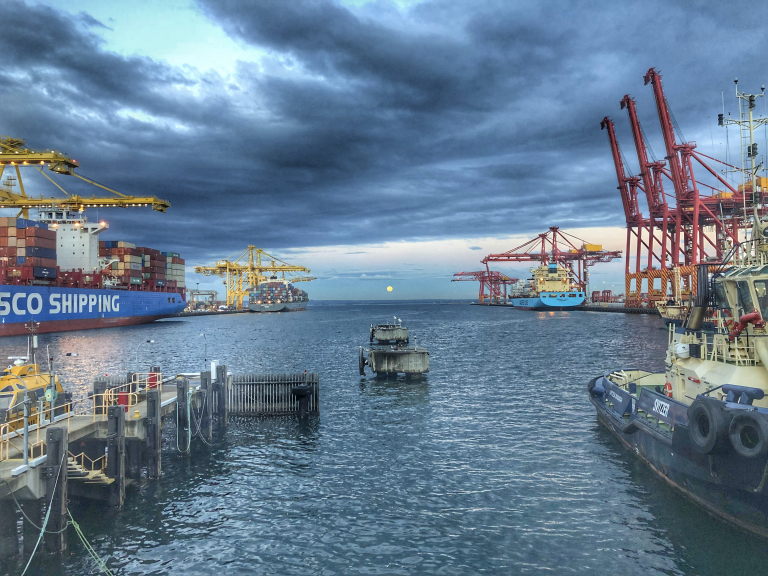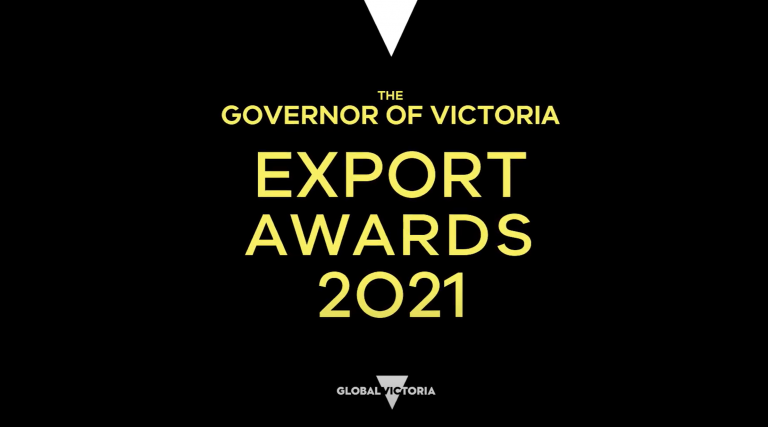The Port of Port Hedland is the world’s largest bulk export port. The Pilbara Ports Authority (PPA) facilitates approximately $100m of trade through the port every day, resulting in around 6,000 vessel movements per year. All this is achieved through a uni-directional and tidally constrained 42km channel, with up to eight vessels carrying more than one million tonnes of iron ore sailing on a single tide. In May 2016, PPA received WA State Government approval for the Channel Risk and Optimisation Project (CROP).
CROP is a $120m dredging project aimed at mitigating the risk of disruption to the port in the event of an adverse incident, and improving the overall export capacity of the channel through increased drafts and wider sailing windows. All deep draft vessels departing Port Hedland do so under advice of the Dynamic Underkeel Clearance System (DUKC®). In determining the CROP’s optimum design, PPA used DUKC® technology in evaluating the proposed channel design depth profiles, and to ultimately quantify the benefits of the project.
Drawing on the experiences from the PPA’s marine operations team, this paper outlines the operational challenges that exists at the Port of Port Hedland. The details of PPA’s CROP are provided and an analysis of how it will work to address the operational issues is provided. The channel design methodology is presented in detail, highlighting how integrating the operational under keel clearance (UKC) management system and the design processes yields the dual benefits of minimising the dredging volumes, thereby reducing costs and environmental impacts, and providing certainty regarding the benefits of the project. With ever increasing scrutiny on the financial and environmental credentials of ports, and higher expectations from ports’ customers, stakeholders and local community, particularly CURTIS, B 2 with respect to dredging, it is imperative that ports continue to apply best practice and be able to demonstrate the value delivered from these investments.
Click here to read the full article: https://wpstaging.omcinternational.com/wp-content/uploads/2010/06/Coasts-Ports-2017-Channel-Optimisation-and-Risk-Management-Through-Technology-at-the-end-of-the-Worlds-Largest-Bulk-Export-Port.pdf
